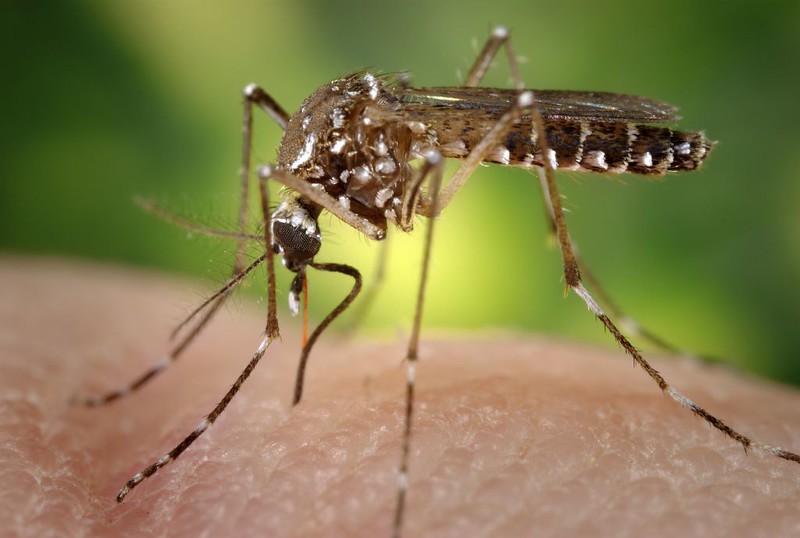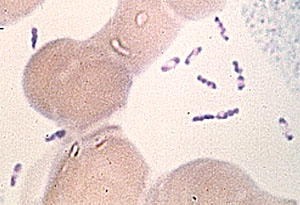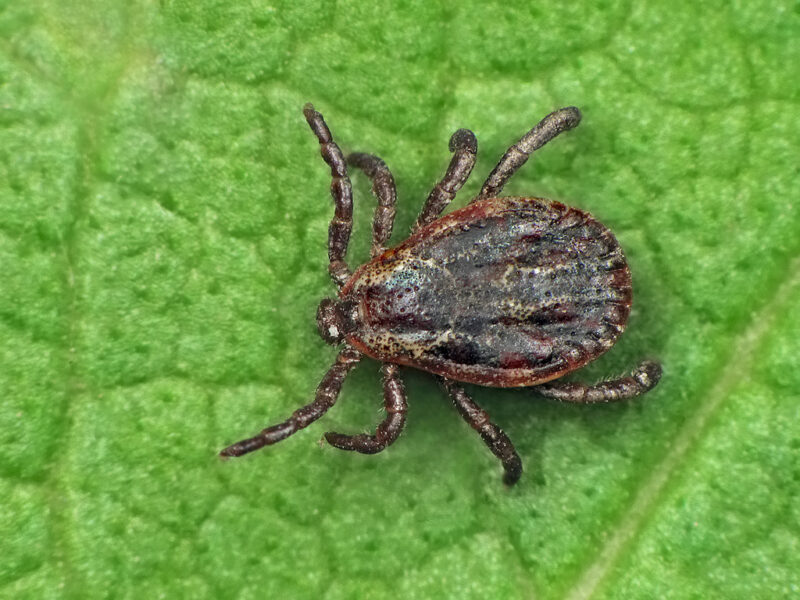Image credit: Vaccines at Sanofi. CC-BY-NC-ND.
On March 4, 2022, Kenyan health authorities declared an outbreak of Yellow Fever in Isiolo County in central Kenya (1,2). According to the WHO’s Weekly Bulletin on Outbreaks for the African region, there have been a total of 53 cases across 8 villages since the beginning of January, including 6 deaths (1). Most cases have been male and in the age range of 21-30 years (2). Previous outbreaks of Yellow Fever in Kenya occurred in 1992, 1993, 1994 and 2011 with a few cases of imported infections occurring in 2016 (1,2).
Yellow Fever is an acute, viral disease transmitted to humans through the bite of infected Aedes or Haemagogus species mosquitoes and named for the yellowing of the skin (jaundice) experienced by some cases of disease (3,4). While the majority of those infected will experience only mild febrile symptoms or even no symptoms at all, about 1 in 7 people will progress to severe disease, which can mean high fever, jaundice, bleeding, shock, and organ failure (3). Approximately 30-60% of cases who progress to severe disease will die (3,4). During the year 2013, the WHO estimated the global burden of Yellow Fever to be around 84,000-170,000 severe cases and 29,000-60,000 deaths (4).
No treatment or cure currently exists but there is a very safe and effective vaccine that has been around for over 80 years (3). The Yellow Fever vaccine provides life-long protection following administration of only one dose and is an entry requirement for travelers to many countries across the world (3).
Kenya is one of 47 countries worldwide considered endemic for Yellow Fever, meaning that the disease is consistently present in the country (4). Despite this, only 4 counties in Kenya have incorporated the Yellow Fever vaccine into their routine immunization schedule (1). In fact, there is only about a 44% vaccination coverage rate across the entire African region, which is much lower than needed to prevent outbreaks (5). In the past, large epidemics of Yellow Fever have occurred in highly populated areas where most people have little to no immunity against the virus (4). Isiolo County and its surrounding areas do not have any history of vaccination campaigns or routine immunizations against the disease (1). Therefore, a major concern right now is the potential for this outbreak to spread nearby populations with little to no immunity (1,2).
In situations like this one, prompt detection of cases and rapid response through emergency vaccination campaigns are crucial for controlling the outbreak (4). Currently, the Kenyan government alongside the CDC and UNICEF are working to mobilize resources and respond to the outbreak as quickly as possible (1,2). Investigative teams are being deployed to conduct risk assessments and engage affected communities (1). Meanwhile, the Kenyan Ministry of Health is planning an emergency vaccination campaign in the affected areas (1). Hopefully, these collaborative efforts will be successful in stopping this outbreak from spreading any further.
References
- https://apps.who.int/iris/bitstream/handle/10665/352474/OEW11-0713032022.pdf
- https://www.who.int/emergencies/disease-outbreak-news/item/yellow-fever-kenya
- https://www.cdc.gov/yellowfever/index.html
- https://www.who.int/news-room/fact-sheets/detail/yellow-fever
- https://www.who.int/emergencies/disease-outbreak-news/item/yellow-fever—west-and-central-africa


